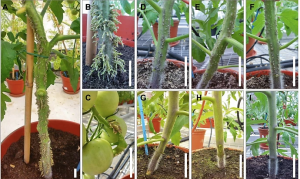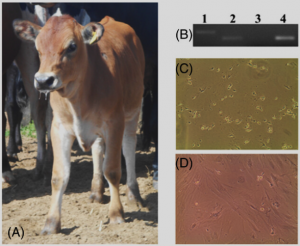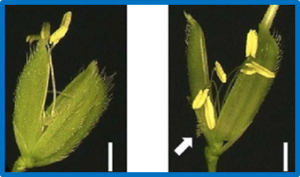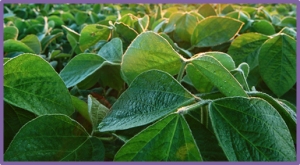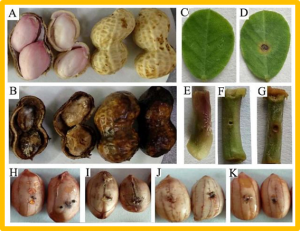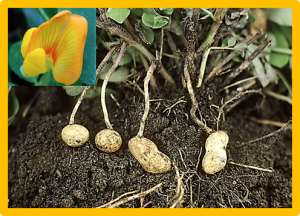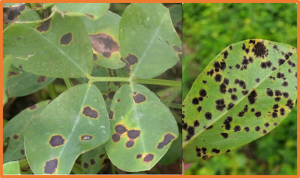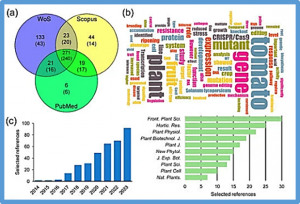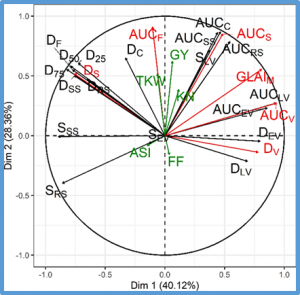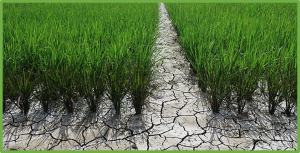The use of tomato rootstocks has helped to alleviate the soaring abiotic stresses provoked by the adverse effects of climate change. Lateral and adventitious roots can improve topsoil exploration and nutrient uptake, shoot biomass and resulting overall yield. It is essential to understand the genetic basis of root structure development and how lateral and adventitious roots are produced. Existing mutant lines with specific root phenotypes are an excellent resource to analyse and comprehend the molecular basis of root developmental traits.
The worldwide growing demand for human insulin for treating diabetes could be supplied by transgenic animals producing insulin in their milk. Pseudo-lentivirus containing the bovine β-casein promoter and human insulin sequences was used to produce modified adult fibroblasts, and the cells were used for nuclear transfer. Transgenic embryos were transferred to recipient cows, and one pregnancy was produced. Recombinant protein in milk was evaluated using western blotting and mass spectrometry.
Rice output has grown globally, yet abiotic factors are still a key cause for worry. Salinity stress seems to have the more impact on crop production out of all abiotic stresses. Currently one of the most significant challenges in paddy breeding for salinity tolerance with the help of QTLs, is to determine the QTLs having the best chance of improving salinity tolerance with the least amount of background noise from the tolerant parent. Minimizing the size of the QTL confidence interval (CI) is essential in order to primarily include the genes responsible for salinity stress tolerance.
In soybeans, faster canopy coverage (CC) is a highly desirable trait but a fully covered canopy is unfavorable to light interception at lower levels in the canopy with most of the incident radiation intercepted at the top of the canopy. Shoot architecture that influences CC is well studied in crops such as maize and wheat, and altering architectural traits has resulted in enhanced yield. However, in soybeans the study of shoot architecture has not been as extensive.
Peanut Fusarium rot, which is widely observed in the main peanut-producing areas in China, has become a significant factor that has limited the yield and quality in recent years. It is highly urgent and significant to clarify the regulatory mechanism of peanuts in response to Fusarium oxysporum. In this study, transcriptome and proteome profiling were combined to provide new insights into the molecular mechanisms of peanut stems after F. oxysporums infection.
Cultivated peanut (Arachis hypogaea L.), a legume crop greatly valued for its nourishing food, cooking oil, and fodder, is extensively grown worldwide. Despite decades of classical breeding efforts, the actual on-farm yield of peanut remains below its potential productivity due to the complicated interplay of genotype, environment, and management factors, as well as their intricate interactions. Integrating modern genomics tools into crop breeding is necessary to fast-track breeding efficiency and rapid progress.
Late leaf spot (LLS) is one of the major foliar diseases of peanut, causing serious yield loss and affecting the quality of kernel and forage. Some wild Arachis species possess higher resistance to LLS as compared with cultivated peanut; however, ploidy level differences restrict utilization of wild species. In this study, a synthetic amphidiploid (Ipadur) of wild peanuts with high LLS resistance was used to cross with Tifrunner to construct TI population
The use of gene-editing tools, such as zinc finger nucleases, TALEN, and CRISPR/Cas, allows for the modification of physiological, morphological, and other characteristics in a wide range of crops to mitigate the negative effects of stress caused by anthropogenic climate change or biotic stresses. Importantly, these tools have the potential to improve crop resilience and increase yields in response to challenging environmental conditions.
Key message Green Leaf Area Index dynamics is a promising secondary trait for grain yield and drought tolerance. Multivariate GWAS is particularly well suited to identify the genetic determinants of the green leaf area index dynamics. Abstract Improvement of maize grain yield is impeded by important genotype-environment interactions, especially under drought conditions. The use of secondary traits, that are correlated with yield, more heritable and less prone to genotypeenvironment interactions, can increase breeding efciency.
The crosstalk between gibberellin (GA) and abscisic acid (ABA) signaling is crucial for balancing plant growth and adaption to environmental stress. Nevertheless, the molecular mechanism of their mutual antagonism still remains to be fully clarified. In this study, we found that knockout of the rice NAC (NAM, ATAF1/2, CUC2) transcription factor gene OsNAC120 inhibits plant growth but enhances drought tolerance, whereas OsNAC120 overexpression produces the opposite results.


 Curently online :
Curently online :
 Total visitors :
Total visitors :
